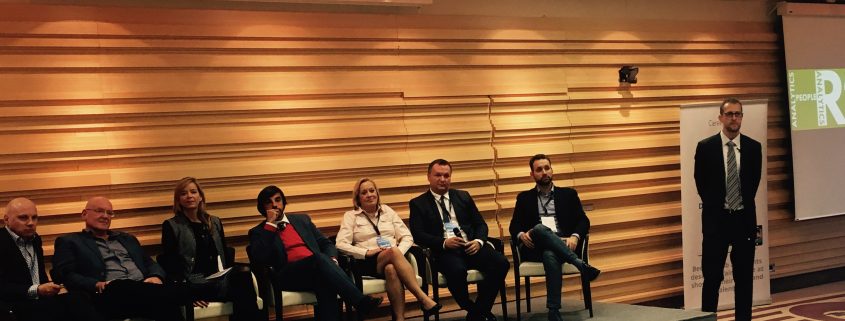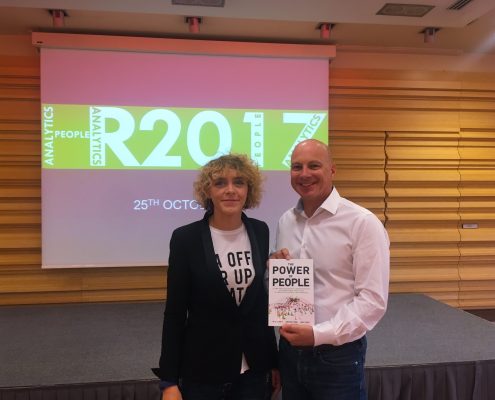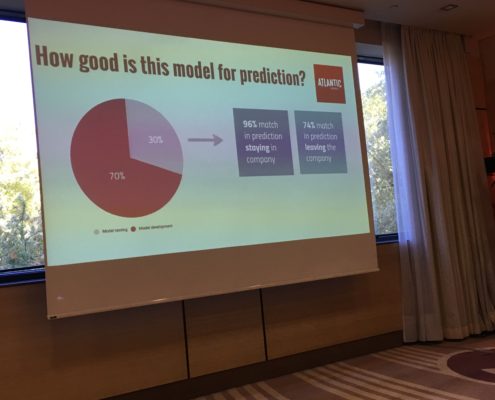People Analytics: key takeaways from the leaders of #PAF17 in Zagreb
What is most important when using people analytics to drive business results? How to start he journey? How to make it work? I asked those questions during the meeting with European leaders in people analytics in Zagreb (see the summary and a video from the event here).
Listening to the keynotespeaking and case studies and asking leaders for an advice I prepared the brief summary of 15 must know rules. Below you will find the list written thank to great speakers such as Jonathan Ferrar, Max Blumberg, Mariëlle Sonnenberg, and Aco Momcilovic!
- Focus on revenue as the most important metrics in people analytics
- Focus only on one single problem you wanna to resolve doing people analytics
- Human, not AI, is the only one who can define the business problem
- People analytics is not about the technology
- You can start people analytics with data you have, not waiting for one shared dataset or HRIS. You can start with what you already have
- Never use more than 4-5 main metrics in one analysis
- You don’t need sophisticated software, you can start #PA with xls
- When pitching to the business, use easy and understandable data presentation, nobody will understand the sophisticated regression coefficients
- Align #PA to the real business problem
- Measures can change throughout the time
- People analytics is a team sport
- When starting the project look at first how much you can get using people analytics (e.g. looking at the dependent variable dynamic). If you can’t see the big enough changes within , left the PA as a method
- Be aware of the old rule: trash in – trash out. Make sure you have updated data of the good quality
- Sometimes quantitative interpretations are good enough, but in some other cases, you will have to use also qualitative data
- Best HR reporting practice starts by integrating people data sources around the organization. First asks the research question before you think about what data you will need to solve it. Yet, many companies spend a fortune integrating data sources that will in fact never be useful for answering business questions. In fact, the chances of that the data you need to solve your question does not exist and that you will probably have to generate it yourself . This is usually an expensive exercise. Best people analytics practice, on the other hand, starts by first establishing the business problem that needs to be solved; and only then does it consider how it will generate the data required to solve this problem. This approach is much lower cost.







